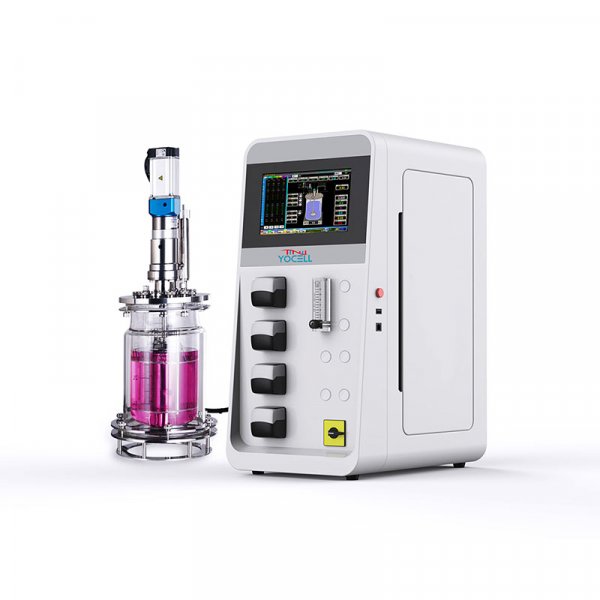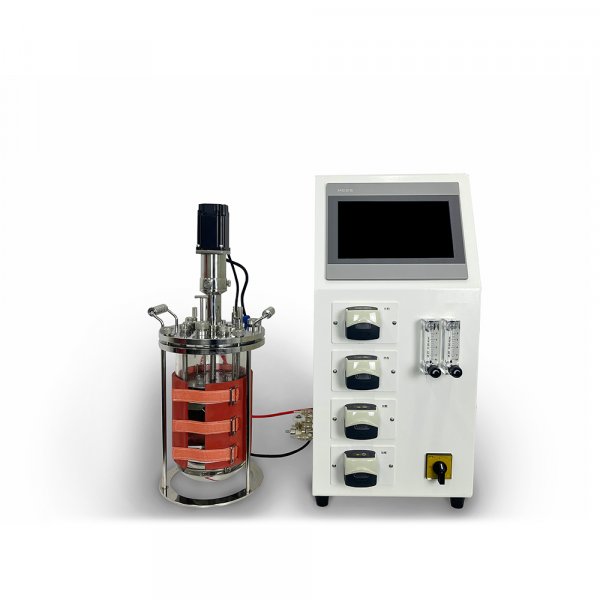Application area
Medicine field
Synthetic biology redesigns a new intracellular metabolic pathway, so that pharmaceutical products can be synthesized by microbial cells with the support of raw materials such as cheap sugars, reducing the production cost of pharmaceutical products and implementing green production. In medical applications, synthetic biology can artificially design and construct appropriate therapeutic gene circuits according to different diseases and pathogenic mechanisms, implant them into the human body with the help of carriers, and achieve the purpose of treating diseases by correcting the circuit with functional defects in the body.
Chemicals, biological materials, bioenergy and other fields
Synthetic biology goes deep into the cognition of cell metabolism and regulation, promotes the progress of relevant technical means, makes it possible to optimize and transform, design and synthesize efficient production strains from scratch, greatly improves the production capacity and efficiency of renewable chemicals and polymeric materials, can greatly reduce raw materials and energy consumption, and reduce production costs.
Agricultural field
The development of synthetic biology can help improve agricultural productivity, improve crops, reduce production costs, achieve sustainable development, modify plant photosynthesis to increase agricultural yield, use microbial or metabolic engineering means to reduce the use of agricultural fertilizers and reshape metabolic pathways to improve crops, etc., bringing breakthrough growth in agricultural productivity and nutritional value.
Food field
Synthetic biology can help discover key genetic components for the synthesis of nutrients and functional components in plants and animals. It has the potential to combine genes across species, modify synthetic pathways using artificial components, optimize and coordinate the expression of proteins in synthetic pathways, build new cell factories, and disrupt existing food production and processing methods.
Application example
Proteins and peptides
Bristol-Myers Squib, USA, for protein expression manipulation systems to manipulate and/or control the protein quality of peptides; Gilead Sciences, USA, for binding proteins encoding binding matrix metalloproteinase-9 (MMP9) in cells; and Astrazeneca, UK, for γ-carboxylated proteins expressing proteins requiring γ-carboxylation in cells. recombinant protein, vitamin K epoxide.
Chemicals, biomaterials and bioenergy
The polyhydroxy-chain alkanoate of Japan's Jongbuchi Chemical Company is produced by thiolytase gene and reductase gene. Polyhydroxybutyrate synthase gene. The biological circuits composed of polyhydroxyalkanoate synthase genes; Yield10 Biosciences' polyhydroxybutyrate introduces multiple genes into plants to produce polyhydroxyalkanoates. Danish company Novozymes biomass-degrading enzymes encode alpha-amylase polynucleotides.
Agriculture
Plant regulatory sequences from Syngenta in Switzerland and Sinochem in China direct the expression of polynucleotides encoding the target protein to non-pollen tissue (not directed to pollen tissue); South Korea's G+Flas LifeSciences plant expression system uses the CRISPR system's plant genome deletion and replacement approach.
Food
Germany's C-Lecta company trehalose via heat-stabilized trehalose phosphorylase; Impossble Foods' artificial possble activator is connected to methanol-induced promoter elements.
Environmental and health testing
Listeria detection by Sample6 Technologie of the United States, recombinant phage encoding the marker, bioenzyme for decomposing polyester, Carbios of France, can degrade enzymes containing polyester materials.
Application prospect
lHuman health and performance: 2020 for pathogen screening and non-invasive labor and delivery tests, 2020-2030 for CAR-T cell therapy and liquid biopsies for liquid tumors; 2030-2040 for genes in synthetic biology to prevent vector-borne diseases; and after 2040 for transplantable organs generated from stem cells.
lConsumer services: DTC genetic testing of genes by 2020; application to personalized dietary services based on genetics and microbiome 2020-2030; biomonitoring sensors for personal health, nutrition and wellness based on histological data 2030-2040; can be used for gene therapy (e.g., skin aging) after 2040.
lMaterials, chemicals and energy: new materials - biopolymers (such as PLA and PET) by 2030; After 2040 for biological solar cells and biological batteries.



